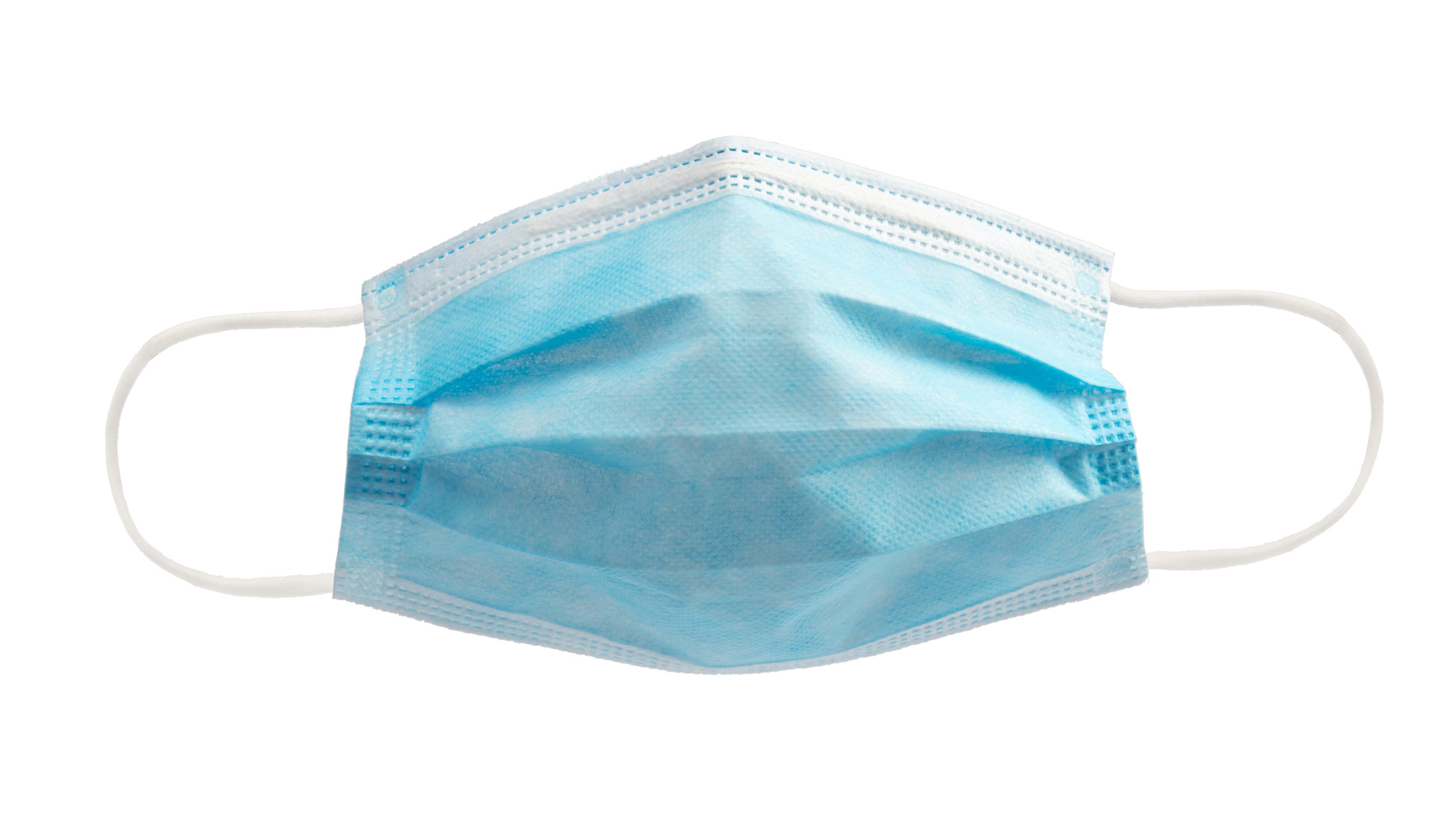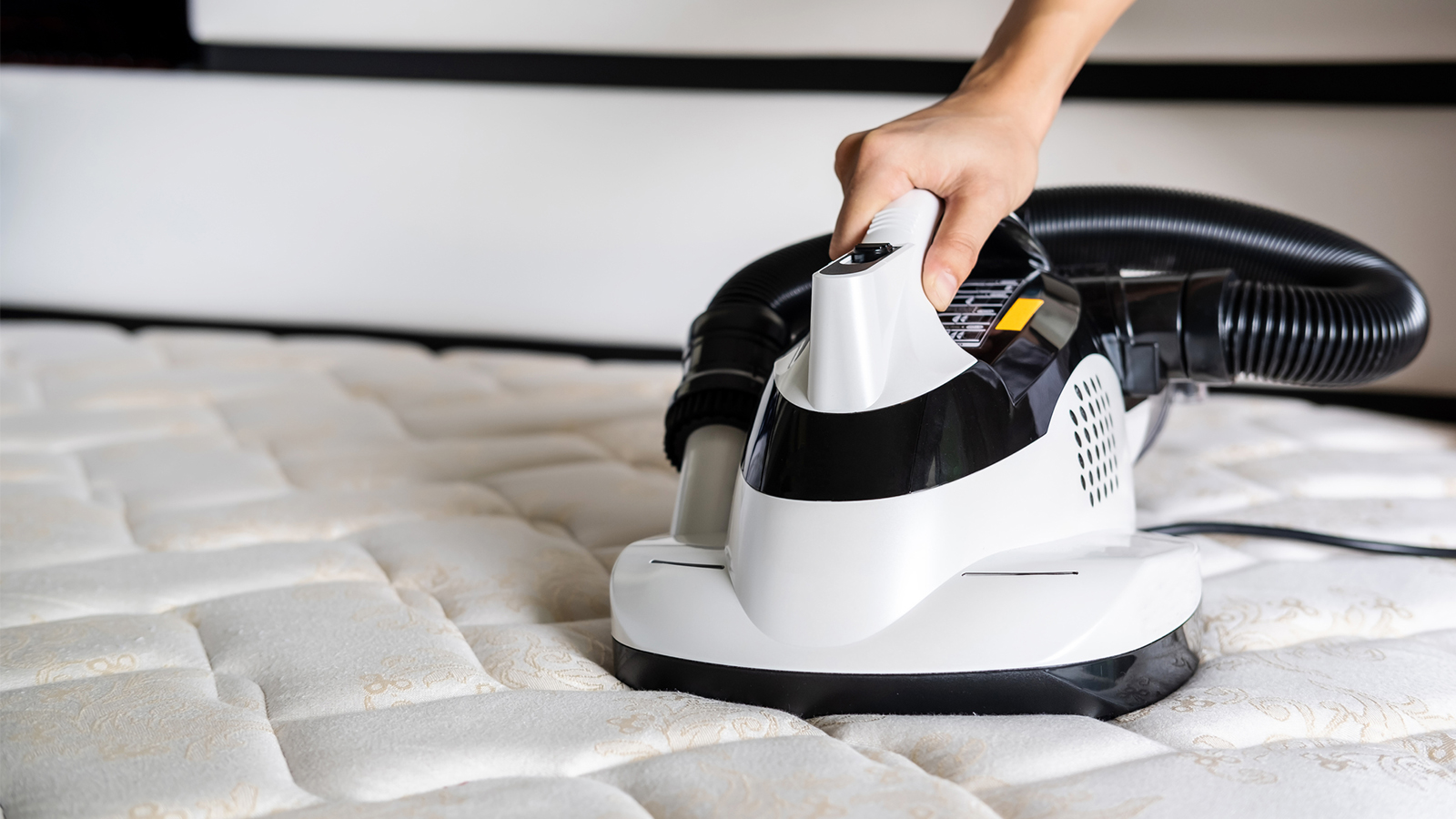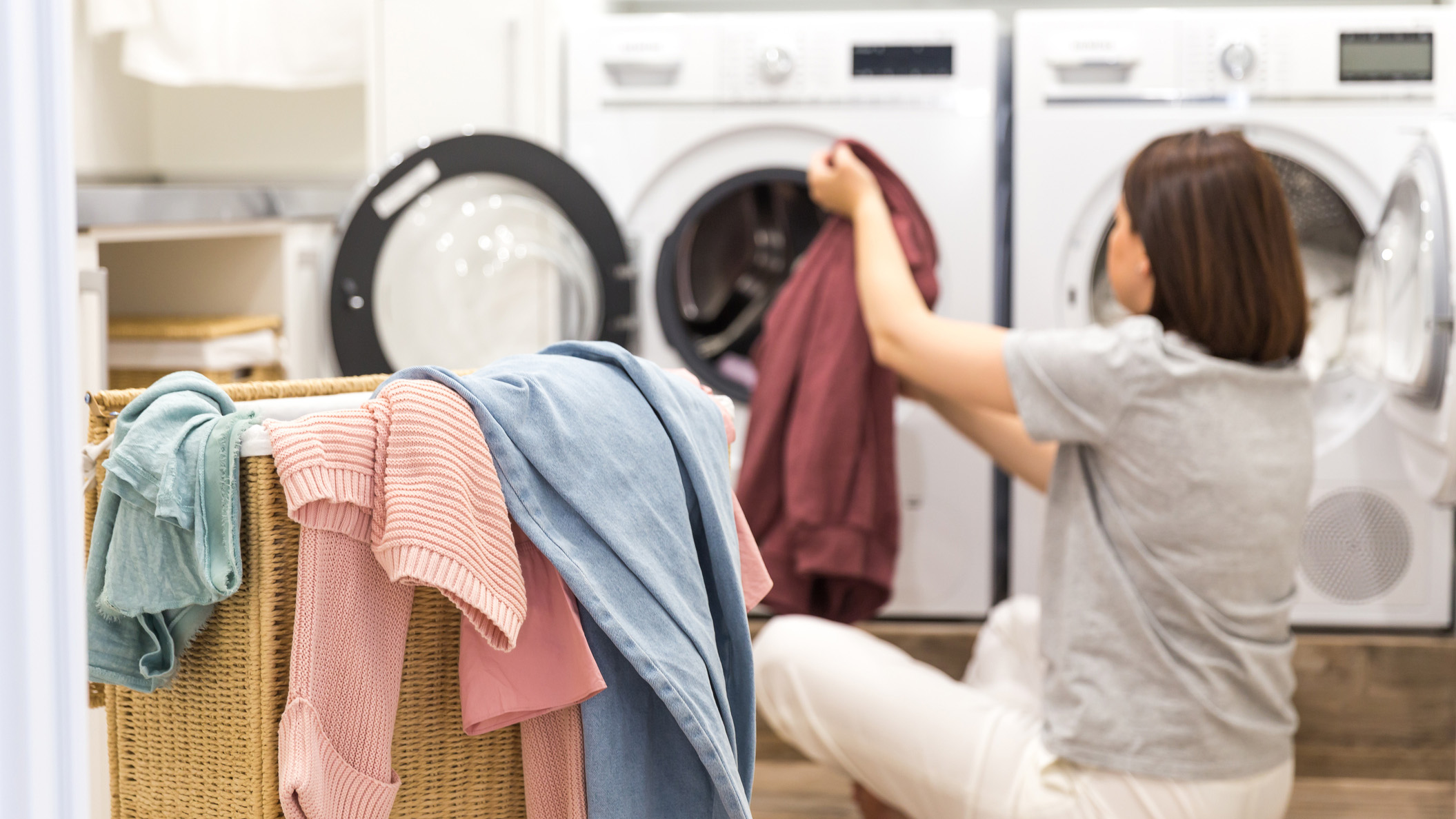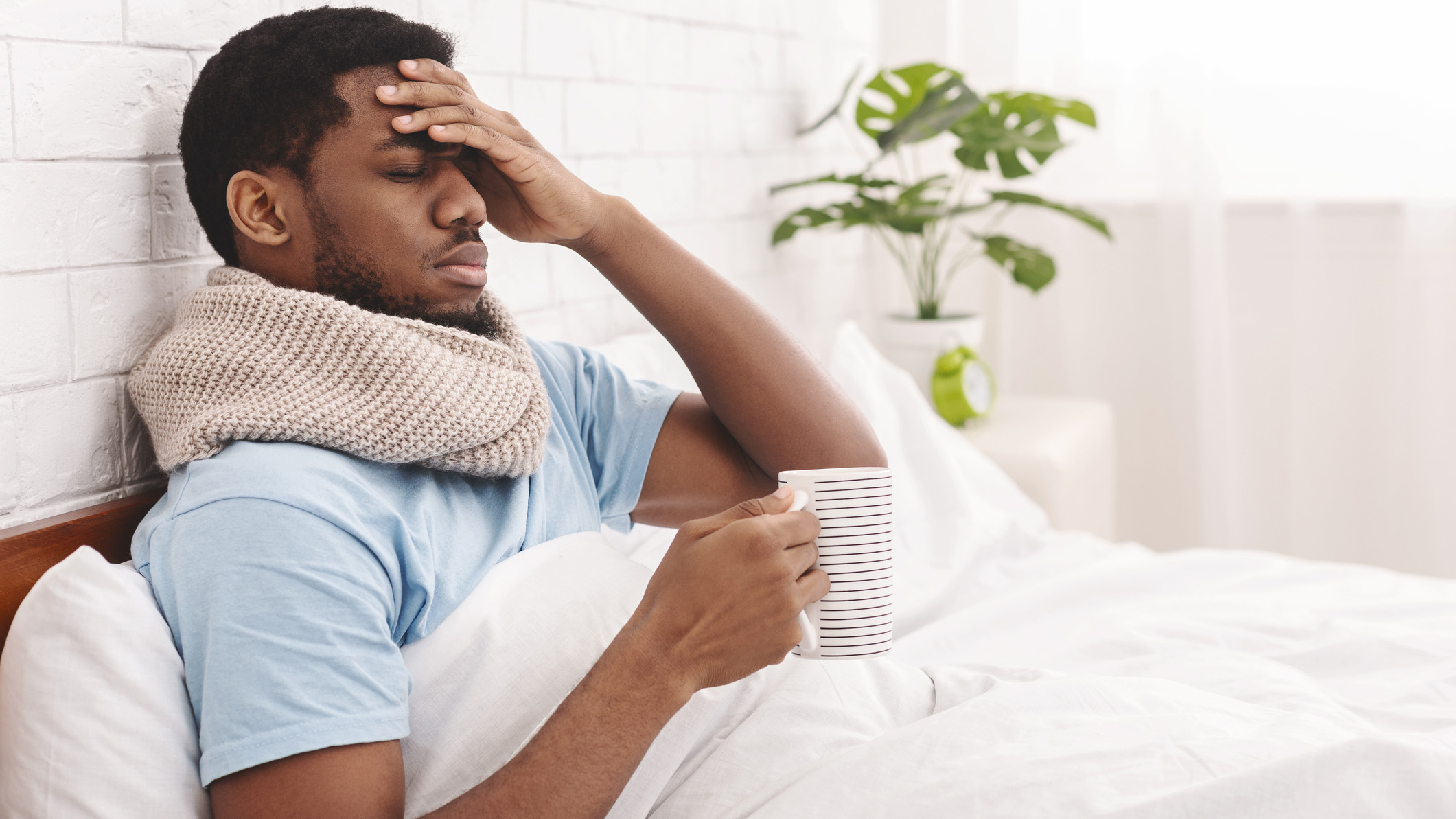Our bedrooms should be a sanctuary we can retreat to for rest and relaxation. When we are sick, it’s also the place where we do most of our recovery. But what if that illness is COVID-19? Does that suddenly change how we should be cleaning our sleeping space, and are there particular areas in the bedroom, or specific surfaces, we should double-down on when sanitizing? Yes, absolutely.
A study published by the American Society for Microbiology showed that the bed pillows, sheets, and bed frame (among other areas) of a person infected with the coronavirus are a collective hotspot for live COVID-19 virus particles. While the study is small, the findings tally with all evidence we have seen over the past several months about coronavirus contamination.
The study, which originated in Chengdu, China, relied upon 112 samples taken from individual hospital rooms of patients with mild cases of COVID-19, plus samples from rooms of patients who weren’t displaying any coronavirus symptoms.
The rooms and toilets of each patient were disinfected twice daily by nurses using a chlorine-based solution. Researchers sampled frequently touched surfaces, including the floor, in each room within four to seven hours after the first daily clean.

They discovered that, in the rooms of confirmed coronavirus patients, 40% of surfaces tested positive for COVID-19 particles, concluding that the ‘surroundings of COVID-19 patients can be extensively contaminated’. The coronavirus-positive rate ranged from 16.7% to 53.9% for individual sites. The top five contaminated areas were (in order of most contaminated):
- Bed rails - 53.9%
- Bed pillows - 50%
- Bed sheets - 50%
- Air exhaust outlets - 50%
- Light switches - 40%
This makes sense as an infected person spends large amounts of time in bed during treatment and recovery, so we would expect to see contamination of this area. However, researchers also found that asymptomatic people also infected their beds and immediate surroundings. In a sole occupancy room of an asymptomatic patient, four areas tested positive for the coronavirus. The areas were: bedsheets, pillow, bed rail and air exhaust outlet.
According to researchers, ‘This highlights that asymptomatic COVID-19 patients can contaminate their surroundings and therefore that persons who have direct contact with them, such as their family members and health care workers, can be exposed to SARS-CoV-2.’
Coronavirus can live on certain objects for up to 28 days
According to a study conducted by researchers at Australia’s National Science Agency, the coronavirus can thrive on surfaces such as banknotes and cell phones for up to 28 days, which is much longer than previously thought.
The researchers said that at 20 degrees Celsius (about room temperature), the virus was “robust”. The study was carried out in the dark, as other research has shown the UV light is successful at killing the virus. In higher temperatures - between 30-40 degrees - the virus lasted for fewer days. But don’t think that ramping up the temperature in your home is enough to protect you from any lingering virus particles.
The coronavirus is less robust on porous surfaces, such as cotton, and for up to 72 hours on plastic and steel and 24 hours on cardboard. Therefore, it’s vital to regularly clean your home, especially if you are caring for someone who is infected and touching different objects and surfaces in the bedroom they are in.
Try to avoid handling their phone while cleaning around them, but if you must, refrain from touching your nose, eyes and mouth during cleaning, and wash your hands thoroughly afterwards.

How to clean your bed, bedding and other areas
While this particular study was originally designed to highlight the risk of infection to healthcare workers in hospitals, its implications ripple out to the rest of us. Namely, how do we clean the room of an infected person in our home, and how often should we clean areas at high risk of contamination?
The coronavirus has been shown to live on certain surfaces for various lengths of time. According to a study published in the New England Journal of Medicine, the virus can survive for a maximum of two to three days on plastic and steel surfaces, up to two days on wood and four days on glass. A study published in the Lancet found that a viable virus couldn’t be detected on cloth and fabric after two days.
When it comes to washing bed linens, pillow cases and pillow protectors, we have all the information you need in our feature on what the coronavirus means for your laundry routine. For the most effective results, wash everything in a washing machine - whether that’s a top-loading washing machine or front load washer - and not by hand. In a nutshell:
- Wear disposable gloves when handling bedding from an infected person, and discard the gloves after each use
- Do not shake out dirty laundry before washing, as this may disperse virus particles
- Wash the bedding on the warmest possible setting the manufacturer recommends, then completely dry the bedding via line drying or a dryer
- Clean and disinfect any laundry hampers used to collect bedding and clothing from an infected person
- It’s safe to wash their items along with the rest of your laundry
While healthy people should wash their bedding every seven days during the pandemic, the bedding of those infected should be washed twice a week. Remember, you can include it with the rest of your laundry.

The mattress is likely to be protected by a bed topper and bed sheets, so you don’t need to worry too much about cleaning that while they are sick. However, once they are recovered, it’s a good idea to learn how to clean your mattress properly, which includes using various cleaning tools such as a steam mop, depending on how deep a clean you want.
As for the other areas in the person's bedroom that are most at risk of contamination, regularly disinfect bed rails, bed frames, door handles and light switches on lamps and on the walls. If you are sharing a bathroom, regularly disinfect any touch points in there too (think door handles, light switches, toilet flushes). Again, the CDC has extensive cleaning and disinfection guidelines for people living with someone who has COVID-19.
First, buy an EPA-approved disinfectant, such as Clorox or Lysol Disinfectant Spray or Max Cover Mist. In a recent press release, the EPA stated that, based on lab testing, the Lysol surface cleaning products were effective against the coronavirus. That’s only if they’re used according to the manufacturer’s guidelines.
To clean a potentially contaminated surface:
- Wear disposable gloves
- Spray the disinfectant onto the surface and leave it for the time stated in the instructions
- Once that time has passed, wipe down the surface
- Dispose of your cleaning cloth safely
- Remove then dispose of your gloves
- Wash your hands properly with soap and water for at least 20 seconds
For further deep cleaning tips, read our feature on how to deep clean your home while self-isolating. Looking for more coronavirus related content? Then take a look at our interview with a doctor and COVID-19 commentator, who answers 12 of the most common coronavirus questions, or learn how the best digital thermometers can help you monitor fever.

